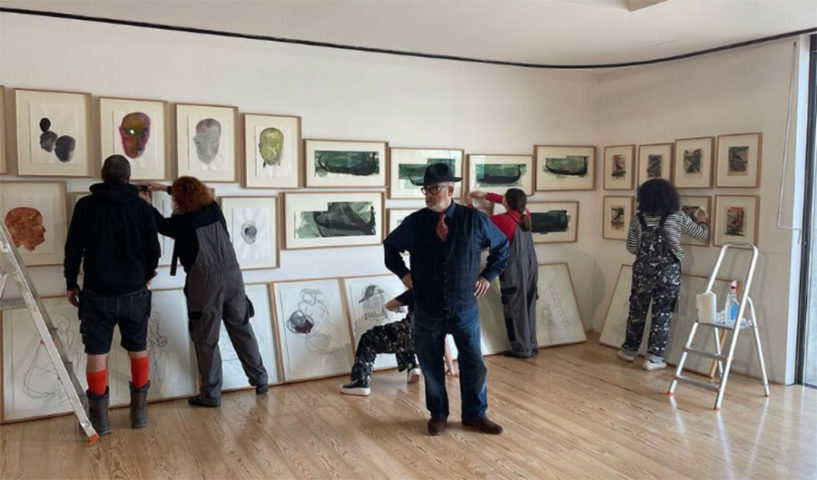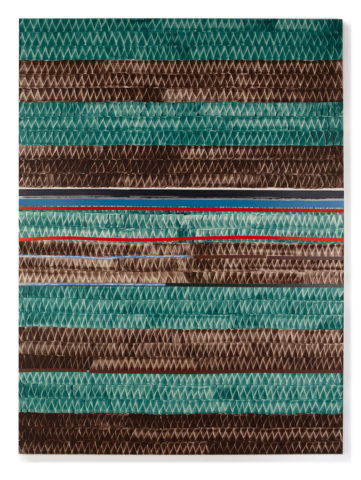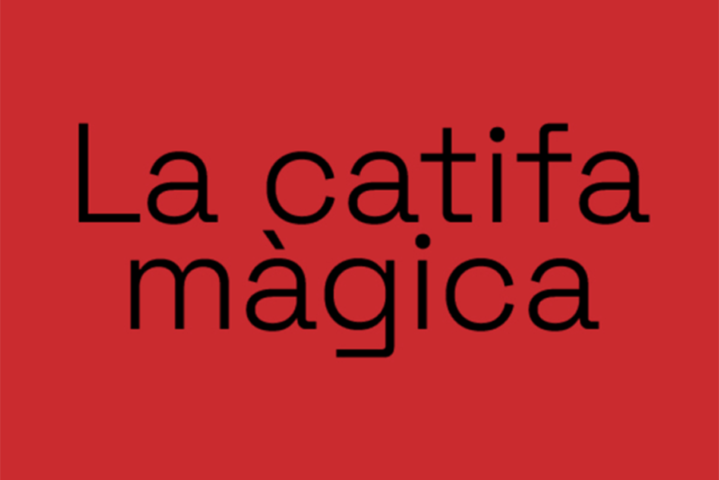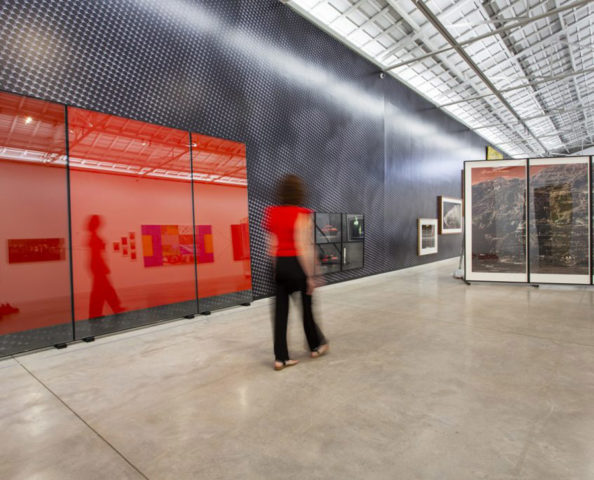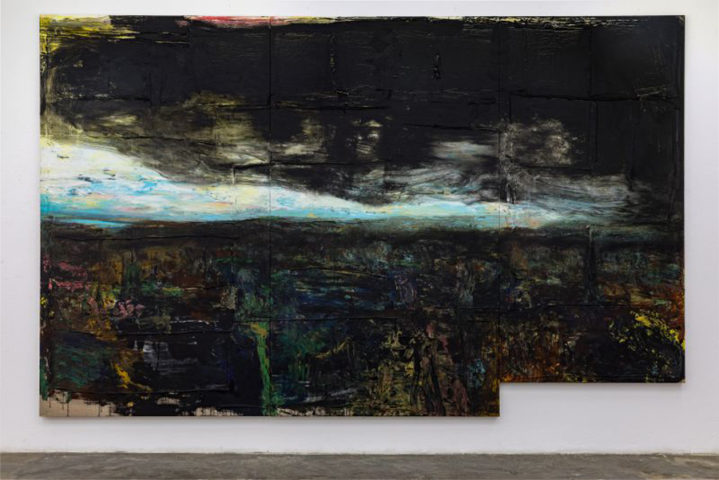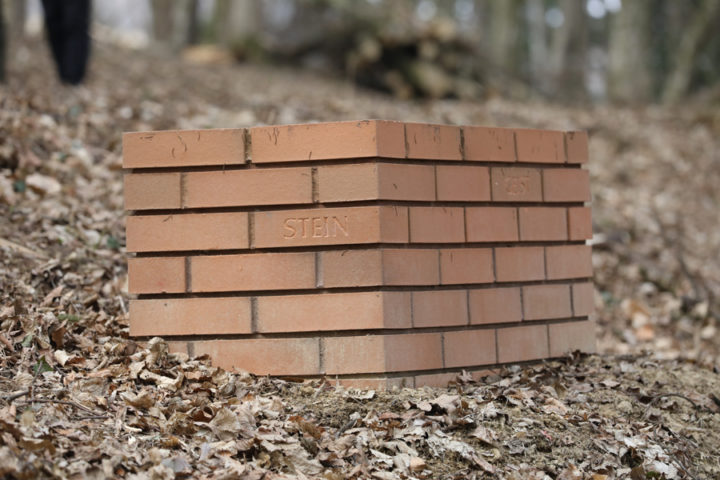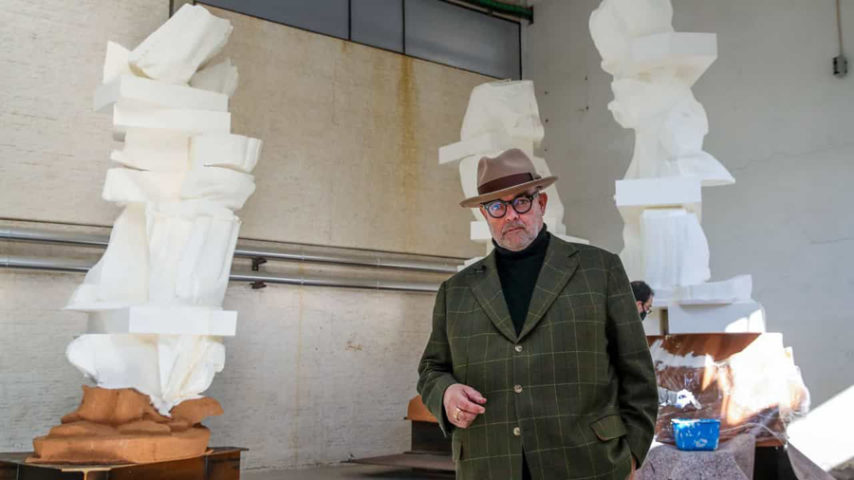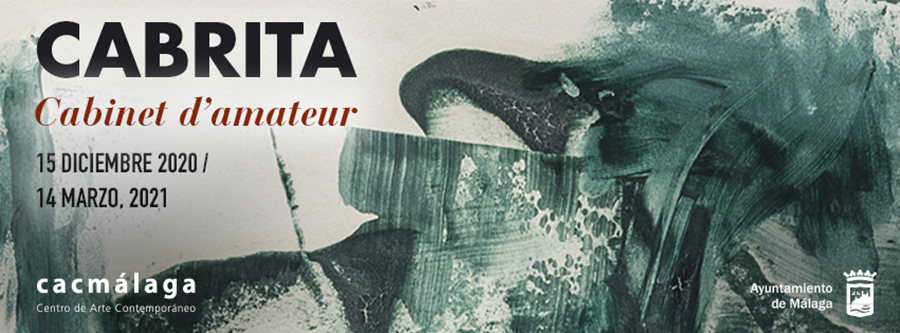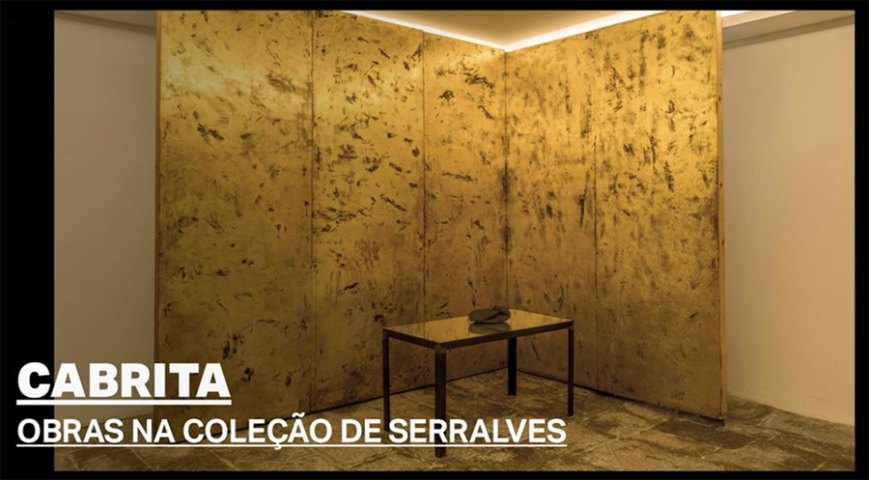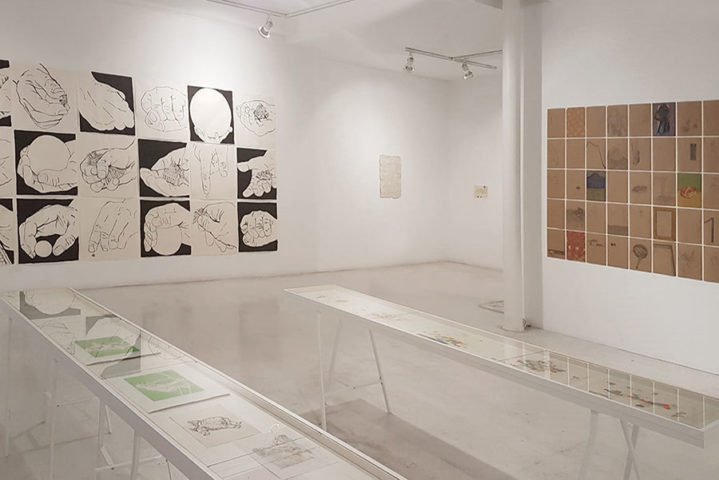Ciclo de Exposições e Conversas
Sala Estúdio, Centro de Artes de Águeda (CAA), Agueda, Portugal
14/01 – 22/02/2023
Numa rápida leitura o desenho para muitos não será mais do que um processo para adornar algo, aliado a um virtuosismo de execução. Mas esta forma de o “olhar” não deixa de ser redutora quanto à sua apreciação. O desenho é muito mais para além disso. O desenho faz parte de um pensamento visual que move o trabalho do artista. A obra de arte nasce como uma interação entre visão e pensamento, sendo corporizada grande parte das vezes através do recurso a este meio de registo. Isto é, poderemos entendê-lo como uma prática intelectual, uma manifestação primeira do pensamento, resultando na materialização visual do que se pensa. Ao longo da História da Arte, verificou-se que o desenho foi sendo relegado para um segundo plano, tido como um mero registo preparatório e que não deveria ser partilhado. Apenas lhe era conferida a função de apoio à elaboração das práticas maiores, ou seja, da pintura e escultura. A partir dos anos 50 e 60 do século passado, foi reconhecido como uma área de criação autónoma, com um estatuto idêntico ao da pintura ou da escultura, podendo assumir-se o desenho, nos seus vários registos, como materialização final, portadora de sentidos autónomos. Os discursos artísticos interdisciplinares, com pontos de partida de várias áreas, adquirem agora um novo corpo, misturando-se e complementando-se, tornando assim as nomenclaturas tradicionais de algum modo obsoletas. As imagens desencadeiam processos no nosso cérebro que as palavras não reconhecem. Desenhar não é apenas um processo artístico, é também pensamento. Desenhar é apropriar-se da realidade, é dar-lhe forma. O desenho é uma das formas mais antigas e perfeitas de interpretação e criação do mundo. Este é o mote para um conjunto de exposições que integram o programa do ciclo “O Desenho como Pensamento”, em que diversos artistas convidados, distintos na sua linguagem conceptual, privilegiam o desenho na sua obra.
Diretor Artístico do Ciclo
Alexandre Baptista
